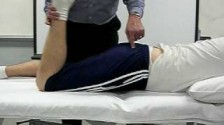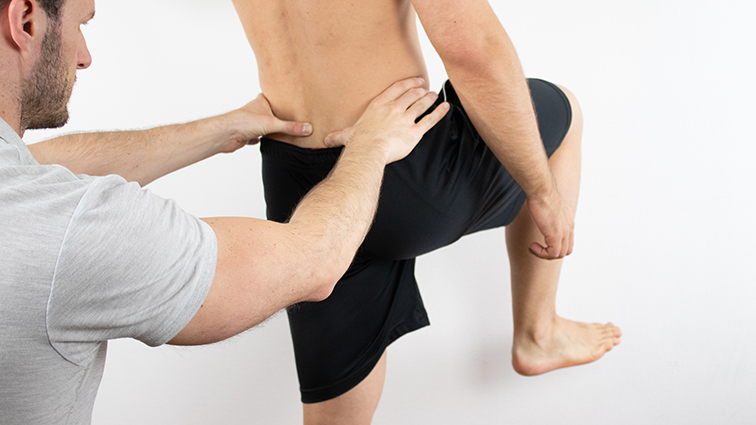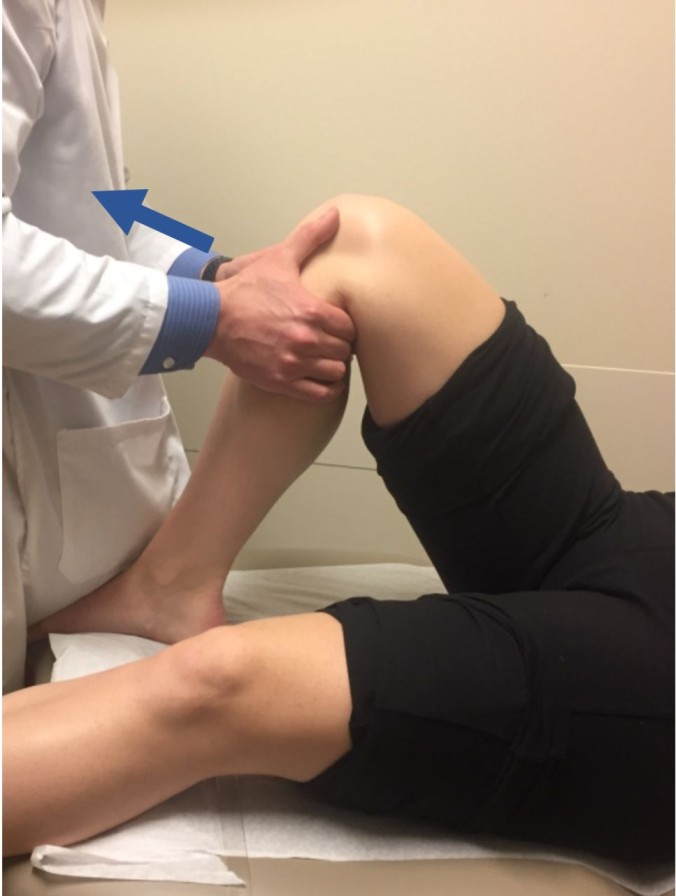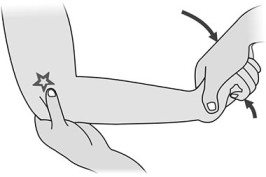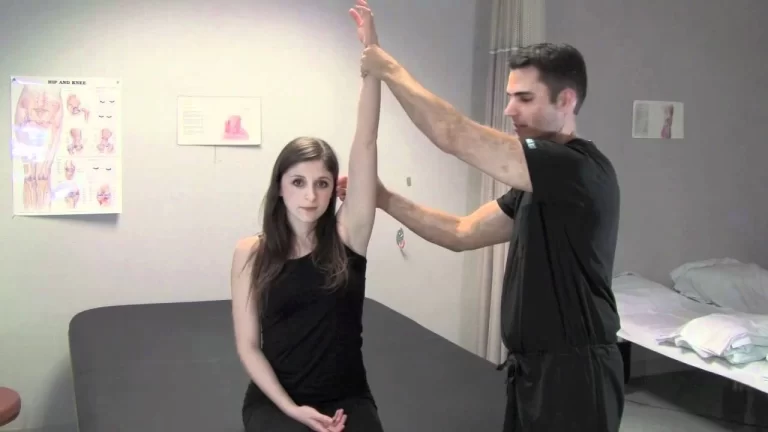Ely’s test of hip :
- It is also known as the Duncan-Ely test.
- It is a clinical test that is used to check the tightness of the rectus femoris.
- It is applied in the clinic to check the tightness of the muscle.
Purpose of Ely’s test :
- This test is used to assess the tightness /spasticity of the rectus femoris.
The technique of Ely’s test :
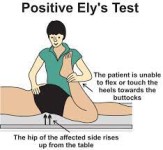
- The starting position for the test is prone.
- Into prone position must stay in the relaxed position.
- Therapist position is standing which is next up to the patient, at the side of the affected leg.
- Put one hand on the lower back & the other hand is holding the leg at the side of the heel.
- Then Passively rapidly flex the knee.
- After that try to touch the heel with the buttocks.
- This test is compared with test both sides.
Results of Ely’s test :
- This test is positive when the heel is not touching the buttocks & the hip of the affected side is rising from the table.
- In this test patient also feels pain/tingling in the back/legs.
Evidence of Ely’s test :
- Many studies show:-
- The sensitivity of Ely’s test is ranging from = 56% to 59%
- The specificity of Ely’s test is ranging from = 64% to 85%.
Critical Review of Ely’s test :
- This test describes by to Duncan-Ely.
- This test is commonly performed by clinical test.
- Importance of to this positive Ely test which is for the rectus femoris spasticity in the uncertain.
- Perry et al are show that this Duncan-Ely test is not a too specific indicator of the rectus tightness/spasticity since which is elicited to EMG means electromyographic responses into both the rectus femoris & the iliac.
- In with the many subjects which are described by CP. Chambers et al :
- It is reported that this Ely test is no predictive value for abnormal rectus femoris with EMG activity.

